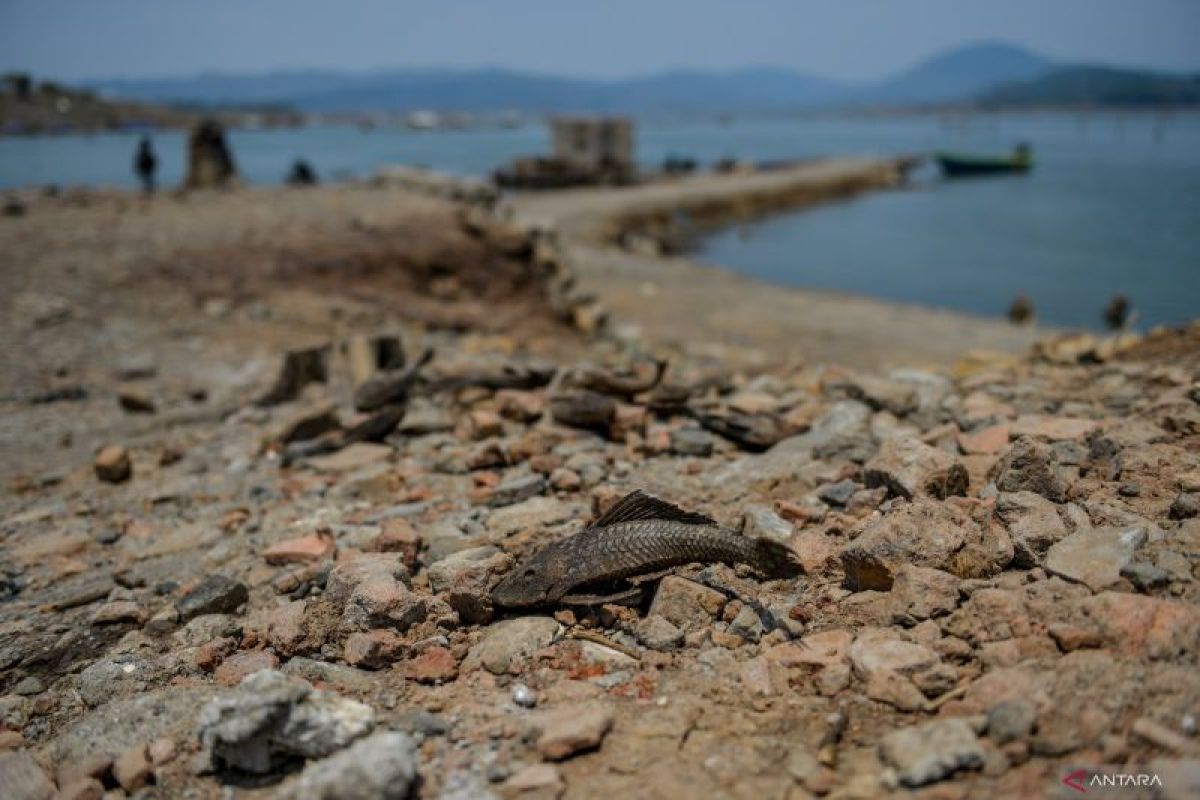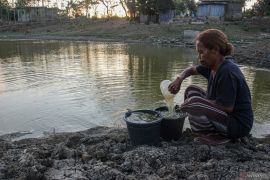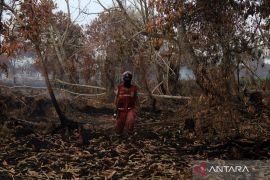During normal conditions, the dry season occurs from June to August, said Eddy Hermawan, a main researcher at the BRIN Center for Climate and Atmospheric Research, on Tuesday.
However, the El Nino and Indian Ocean Dipole (IOD) phenomena caused a shift in the seasons, so the dry season lasted until October, he said.
"Currently, El Nino is positive and IOD is also positive. Both will peak around October 2023," Hermawan noted.
The two phenomena of sea surface water temperature oscillations --El Nino in the Pacific Ocean and IOD in the western Indian Ocean-- cause countries located on the equator, such as Indonesia, to feel quite massive impacts.
Several areas in Indonesia are projected to experience extreme hot temperatures, including Surabaya in East Java (43 degrees Celsius), Semarang in Central Java (40 degrees Celsius), and Jakarta (37 degrees Celsius), in mid-October 2023.
Hermawan explained that all the water vapor and rain clouds are currently being pulled towards the north and west, as the center of low pressure is in the Pacific Ocean and the west of the Indian Ocean, where El Nino and IOD occur.
Being influenced by both phenomena, Indonesia tends to experience prolonged dry seasons.
"I hope that October 2023 will be the end of the hot dry season. El Nino and IOD are predicted to enter the neutral phase at the end of February or early March 2024," he remarked.
Meanwhile, the Meteorology, Climatology, and Geophysics Agency (BMKG) reported that Cilacap in Central Java is an area currently experiencing extreme drought, as it has not rained for more than 60 days.
Areas experiencing extreme drought in Cilacap include the sub-districts of Majenang, Wanareja, Cimanggu, Cipari, and Karangpucung. Meanwhile, other areas are in the medium to very long category, or 11-60 days without rain.
Related news: Improving water management to quench drought-prone areas
Related news: Peak of dry season sparking land, forest fires: Minister
Translator: Sugiharto Purnama, Katriana
Editor: Anton Santoso
Copyright © ANTARA 2023












